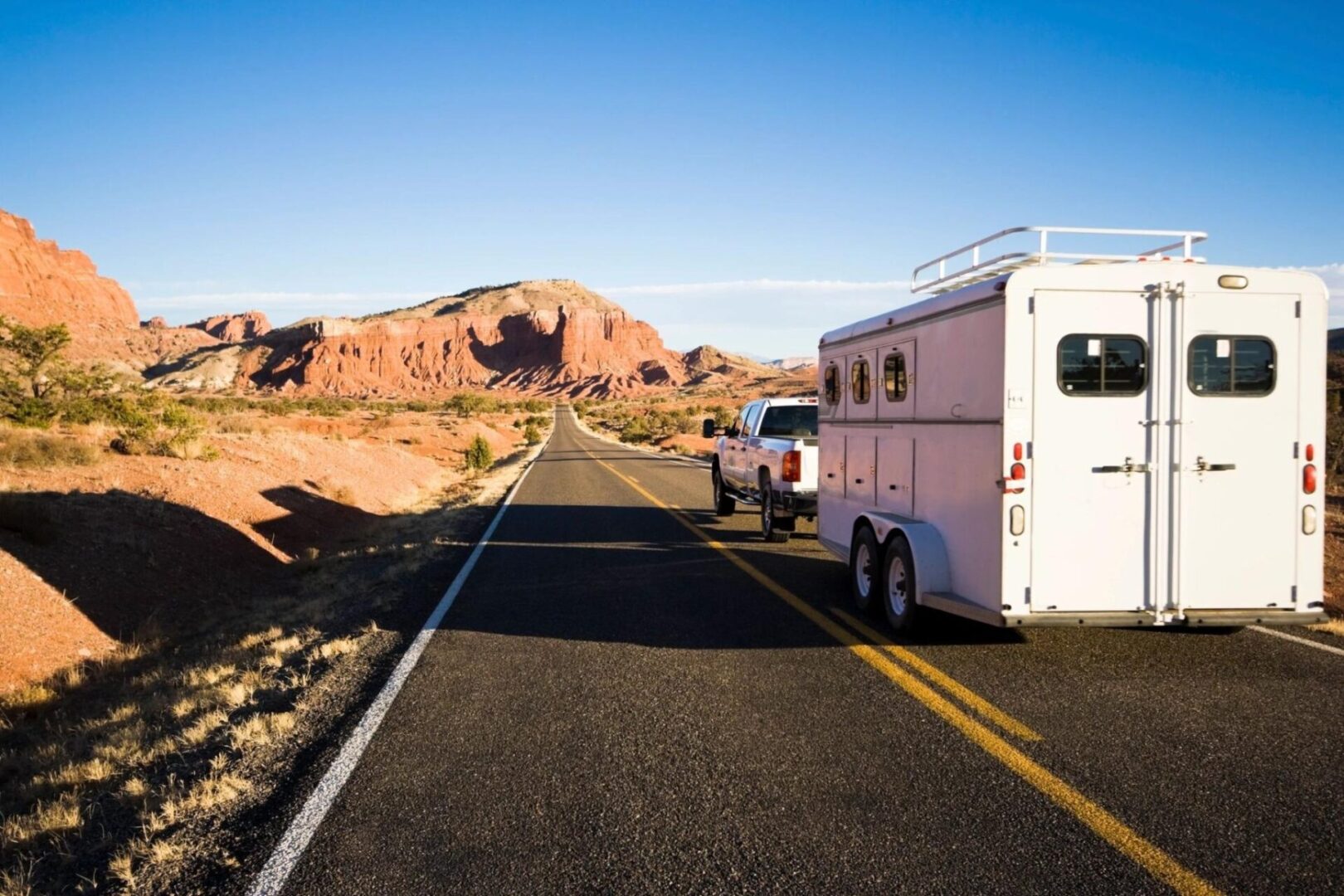Towing Package

The basis of every towing package - and the first thing to select - is the hitch.
Before you begin the hitch selection process, it's important that you realize that the hitch by itself will not provide your customer with the ability to tow. In addition to the hitch, customers must have towing components such as a hitch ball and or ball mount, wiring, safety chains, and automatic transmission cooler in order to safely and legally tow.
STEP 1: ASK THE RIGHT QUESTIONS
To select the right hitch for a customer, you need information about the customer's tow vehicle and trailer.
Tow Vehicle
Find out the following about the customer's tow vehicle:
Trailer
Then, customize your questions to determine the following about the customer's towing situation and trailer:
Where does the customer plan to tow — under what geographic conditions


STEP 2: DETERMINE GTW & TW CAPACITIES
The two most important factors in selecting towing equipment are gross trailer weight (GTW) and tongue weight (TW).
To select the right hitch for a customer, you need information about the customer's tow vehicle and trailer.
For The Trailer
Gross trailer weight (GTW) is the weight of the trailer fully loaded in its actual towing condition.
GTW is measured by placing the fully loaded trailer on a vehicle scale. The entire weight of the trailer should be supported on the scale, as shown in Figure 1.
Tongue weight (TW) is the downward force exerted on the hitch ball by the trailer coupler. In most cases, it is about 10 to 15 percent of GTW. TW of up to 300 lbs. can be measured on a household scale by resting the trailer coupler on the scale and placing the scale on a box so that the coupler is at its normal towing height. The trailer must be fully loaded and level.
For heavier tongue weights, place a household scale and a brick that's as thick as the scale three feet apart, as shown in Figure 2. Set a length of pipe on each and rest a beam across the pipes. Re-zero the scale to correct for the weight of the beam and pipe. Securely block the trailer wheels. Rest the trailer jack on the beam as shown, one (1) foot from the brick and two (2) feet from the scale.
To obtain the TW, multiply the scale reading by three (3). For greater tongue weights, place the scale and brick four (4) feet apart, rest the jack on the beam three (3) feet from the scale, and multiply the scale reading by four (4).
For The Tow Vehicle
Like the trailer, the tow vehicle has a maximum weight capacity it was designed to tow. Its maximum towing capacity can be found in the owner's manual.
STEP 3: MATCH THE TOW VEHICLE & TRAILER
For safety, make sure the customer's tow vehicle is capable of towing the intended trailer. Neither the vehicle nor the trailer alone can determine the right hitch for the situation. They work together, and in no case should the trailer's GTW and TW exceed the vehicle's maximum towing capacity. See below to determine passenger car/truck styles and truck bumper styles.
IMPORTANT INFORMATION ON TOWING
TOWING EQUIPMENT OWNERS
Make sure all operators of your equipment read and understand this information before towing. Save for reference. This will help you properly select, use, and maintain your towing equipment. Refer to owner's manuals for your tow vehicle, trailer, and other parts of your towing system. Learn the capabilities and limitations of each part. GROSS TRAILER WEIGHT and TONGUE WEIGHT are two of the most important items to consider. THESE WEIGHTS MUST NEVER EXCEED THE LOWEST RATING OF ANY PART OF YOUR TOWING SYSTEM. GROSS TRAILER WEIGHT is the weight of the trailer plus all cargo. Measure GROSS TRAILER WEIGHT by putting the fully loaded trailer on a vehicle scale. TONGUE WEIGHT is the downward force exerted on the ball by the trailer coupler. Measure the TONGUE WEIGHT with the fully loaded trailer on a level surface. The coupler must be at its normal towing height. Use a commercial scale or a bathroom scale, set up the bathroom scale as shown for heavy tongue weights.
